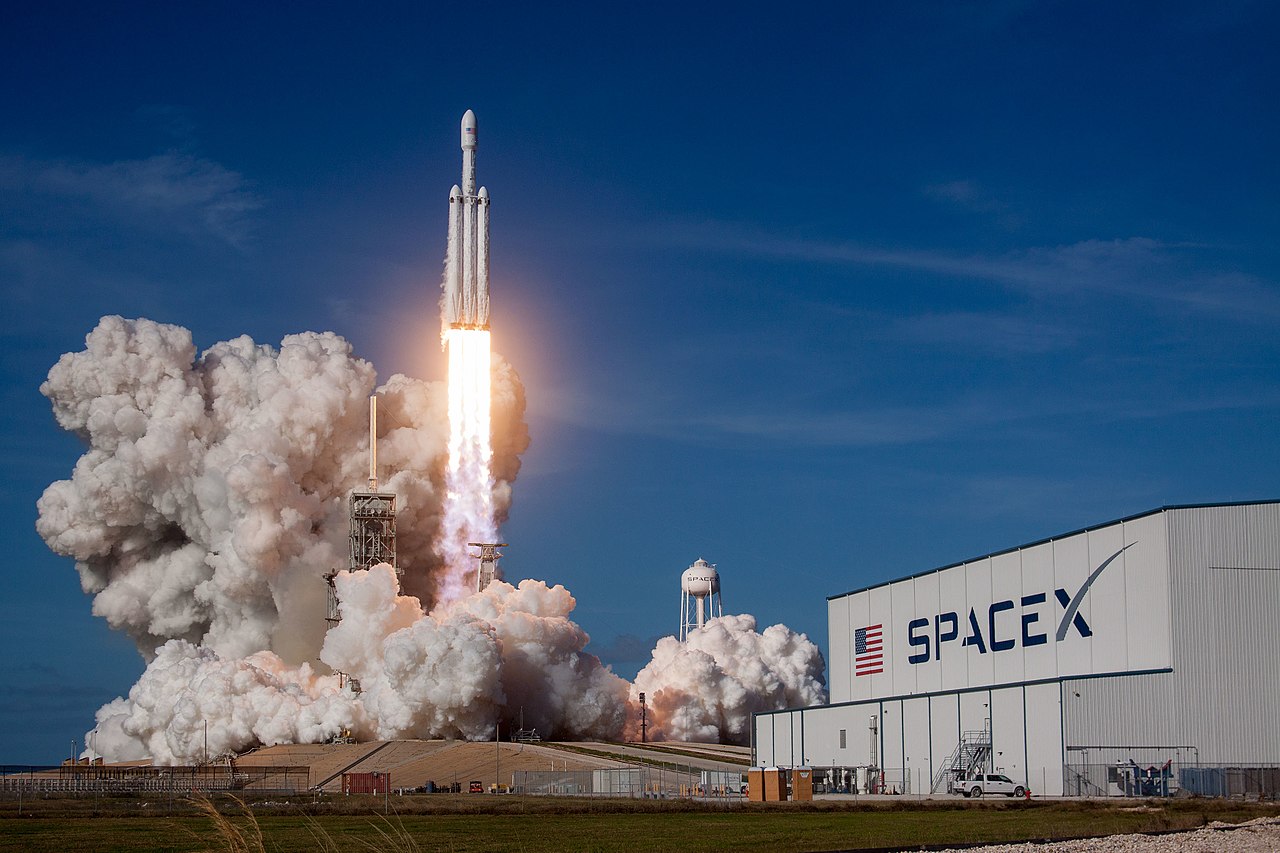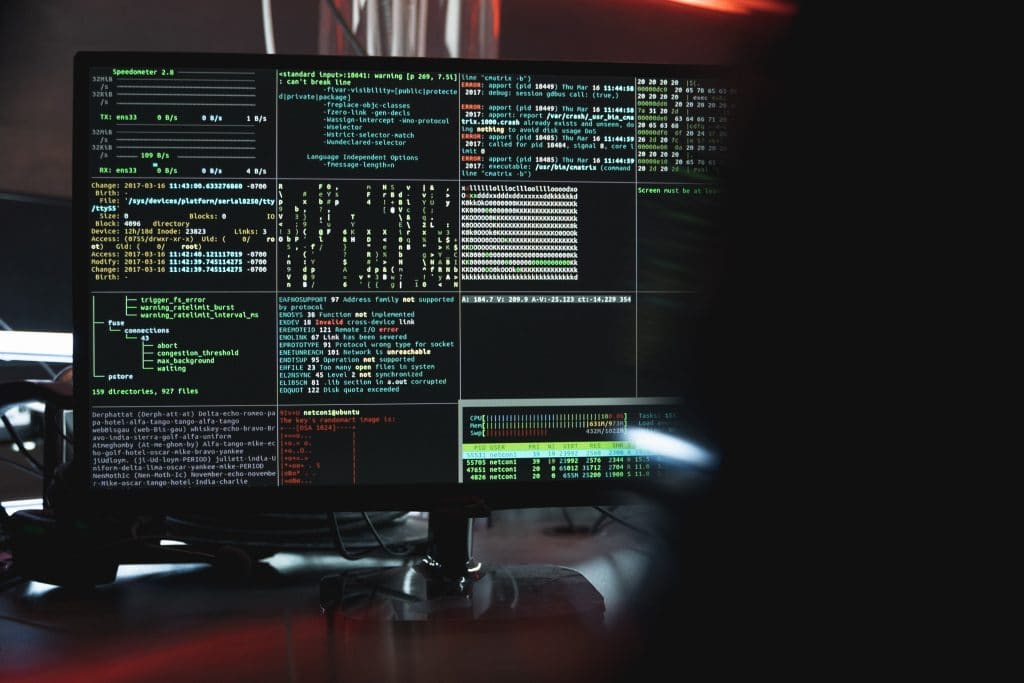The Starship is the largest and most powerful rocket ever built, but the test launch fell short of SpaceX’s hopes when the rocket failed to separate, resulting in a fiery explosion.
Still, SpaceX CEO Elon Musk and fans of the corporation are regarding the test as a success, thanks to the lessons and observations that could be learned and implemented following the launch.
On Twitter, Musk congratulated the team, saying:
“Congrats @SpaceX team on an exciting test launch of Starship! Learned a lot for next test launch in a few months.”
NASA hopes to utilise the hardware being developed by SpaceX to take humans to the moon, with plans to see astronauts on a working Starship as early as 2025 and 2028.
In fact, SpaceX has a $4 billion deal to deliver on, which includes delivering a successful uncrewed test flight of Starship to the moon before NASA can utilise the technology.
NASA administrator Bill Nelson, too, seemed positive about the results of the test.
“Looking forward to all that SpaceX learns, to the next flight test—and beyond,” he said on Twitter.
However, not everyone is celebrating the launch, which left a crater estimated to be 25 feet deep at the launch site in Texas.
The force of the take-off produced a huge dust cloud and spread debris over a vast area, and the impact was felt in the nearby town of Port Isabel, approximately six miles from the launch site.
Residents described the impact as being like a “mini earthquake” as buildings were shaken, at least one window was shattered, and the town was covered by a “rather thick, granular, sand grain.”
On April 19, a day before launch, an open letter was penned and signed by 27 environmental, community and indigenous organisations regarding concerns about the impact of the launch.
The launch site is positioned near to both sacred indigenous lands and to the Lower Rio Grande Valley National Wildlife refuge, a prominent breeding habitat for many species of migratory birds.
“We, the Carrizo Comecrudo Tribe of Texas, oppose SpaceX operations destroying our sacred lands,” Tribal Chairman, Juan B. Mancias, said in the statement. “The Tribe was never consulted by any of these companies or electeds about rockets… who never responded to our request for a meeting.”
“SpaceX [cut] off access to the beach from local families, preventing the Carrizo Comecrudo Tribe from accessing sacred lands for ceremonies, destroying more than 60 acres of wildlife habitat for threatened and endangered species, and threatening public safety with rocket shrapnel blown into fishing spots and the community.”
Environmental compliance expert Eric Roesch said that it appeared SpaceX had not taken the appropriate measures to contain the impact of the launch.
“It appears they just went ahead and just launched this thing,” said Roesch to the New York Times.
The Federal Aviation Administration will oversee an investigation into SpaceX to ensure “any system, process, or procedure related to the mishap does not affect public safety” before the Starship is able to launch again.






